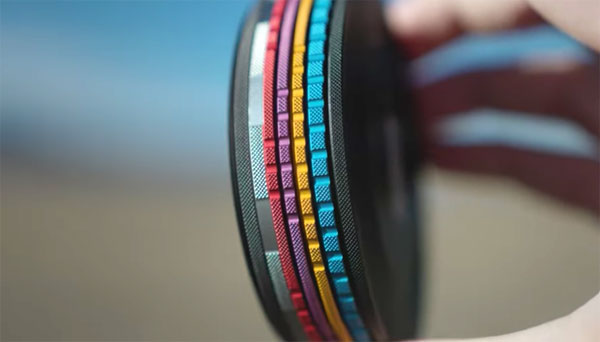EVERY Nature Photographer NEEDS a Polarizer: How to Use It
Experienced landscape photographers are known for carrying a bunch of lens filters, and the discussion often involves using ND filters for cutting the amount of light entering the camera to permit the use of slower shutter speeds. Today’s tutorial, however, concerns the more common polarizing filter and how to use it for spectacular results.
Unlike expensive ND filters that can be difficult to use, the affordable polarizer requires no complicated computations. And all that’s required is rotating the filter ring until you see the exact affect you want.
Polarizers work their magic in a number of ways. They darken pale blue skies, increase saturation, and remove image-killing reflections from non-metallic objects like foliage and water. Instructor Alex Armitage puts it like this: “They provide an indispensable use case that can’t be replicated with anything else.”

This episode is devoted to one specific application; namely photographing waterfalls—a task for which Armitage says, “a polarizing filter is a must.” Despite the rather narrow focus of this nine-minute lesson, the tips you learn will prove helpful with other types of outdoor photographs as well.
The behind-the-scenes tutorial takes place in central Pennsylvania in an area resplendent with small waterfalls. If you don’t currently own a polarizer we guarantee you will shortly. And even if you’ve employed one in the past, we guarantee you’ll learn a thing or too about using a polarizing filter more effectively in the future.
Polarizing filters come in several varieties, the most common of which thread onto a lens. This means you’ll need a couple of cheap step-up rings or more than one filter if you use lenses of different thread sizes. There are also square filters that require an adapter, as well as convenient magnetic versions that are Armitage’s preferred choice for reasons he explains.

Despite how easy the polarizer is to use, Armitage has several solid tips for achieving optimum results under different conditions. One important factor is that your position relative to the angle of the sun has a significant impact on the degree to which the polarizer enhances the scene.
Another thing to keep in mind is that it’s not always preferable to rotate the filter to achieve a maximum effect. That’s because an image may appear flat if you eliminate reflections completely. Bottom line: by the time you’re done watching you’ll understand why Armitage says, “A polarizing filter is typically the first item I recommend to anyone getting started in landscape photography.”
There’s more great advice on Armitage’s YouTube channel, so pay a visit when you have time.
And don’t miss the earlier tutorial we posted from another expert, with 10 pro tricks for shooting better outdoor photographs using basic gear.




